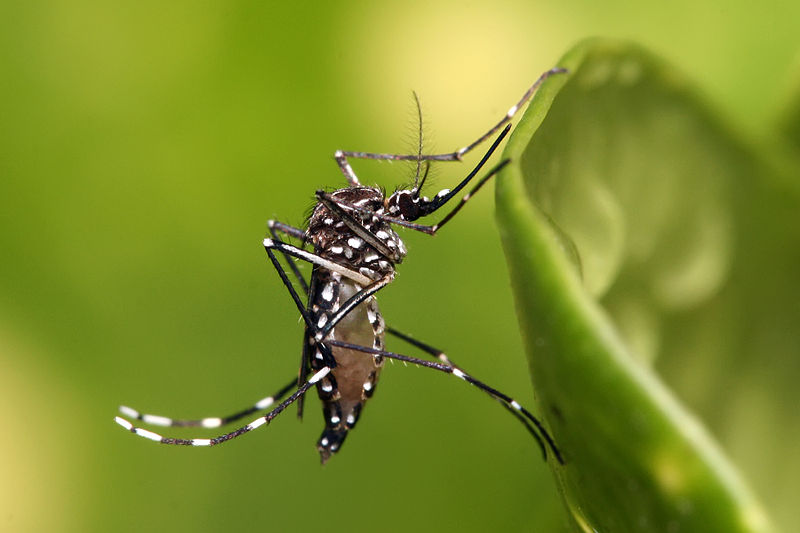Simon Hales/The Lancet [PDF]Estimated population at risk for dengue fever in 1990 (A) and 2085 (B) based on climate data from 1961 to 1990. Click to embiggen.
This past summer, Aedes aegypti — the invasive African mosquito best known for carrying the potentially deadly diseases dengue and yellow fever — made its unexpected debut in California, squirming up from Madera to Clovis to Fresno and the Bay Area.Muhammad Mahdi Karim
For a blood-sucking nightmare, Aedes aegypti is surprisingly attractive: Its dark skin and bright white polka-dots make it hard to miss. Unfortunately, it is also notoriously difficult to control. According to the Centers for Disease Control and Prevention (CDC), Aedes aegypti can lay its eggs in less than a teaspoon of liquid and survive without water for months.
While Aedes aegypti has long resided in Texas and the Southeastern United States, this is the first time it’s reached California. News outlets have covered the story extensively, but few have mentioned climate change’s role in the mosquito... Read more
